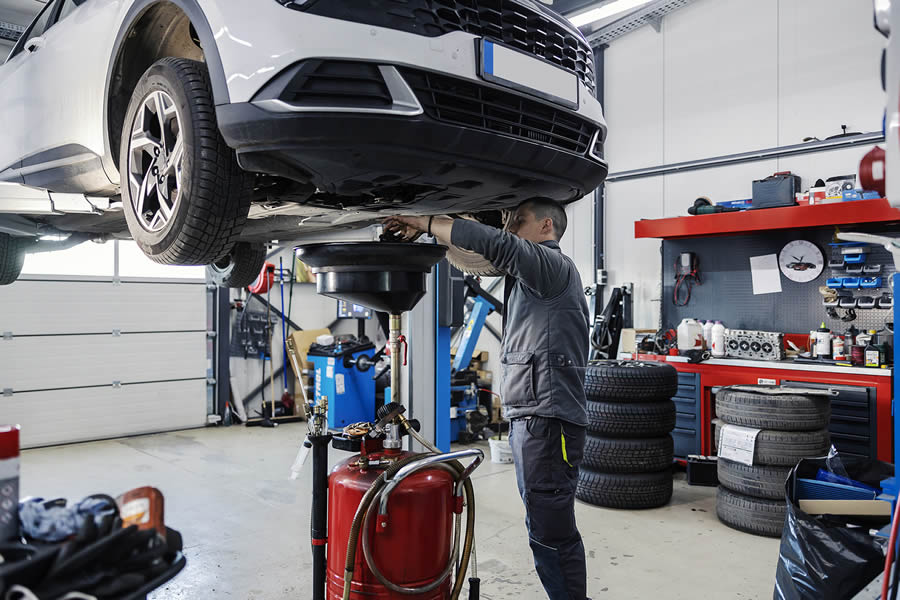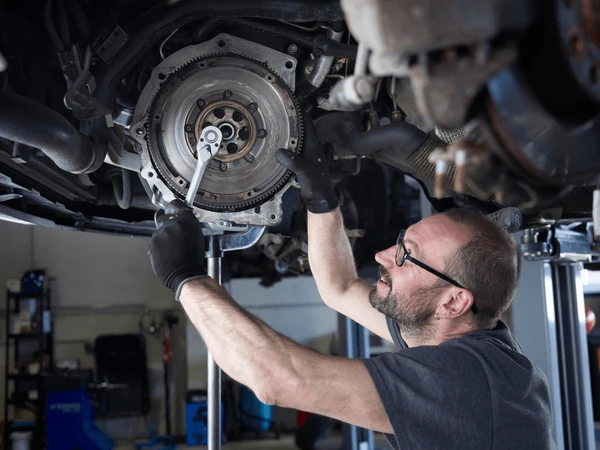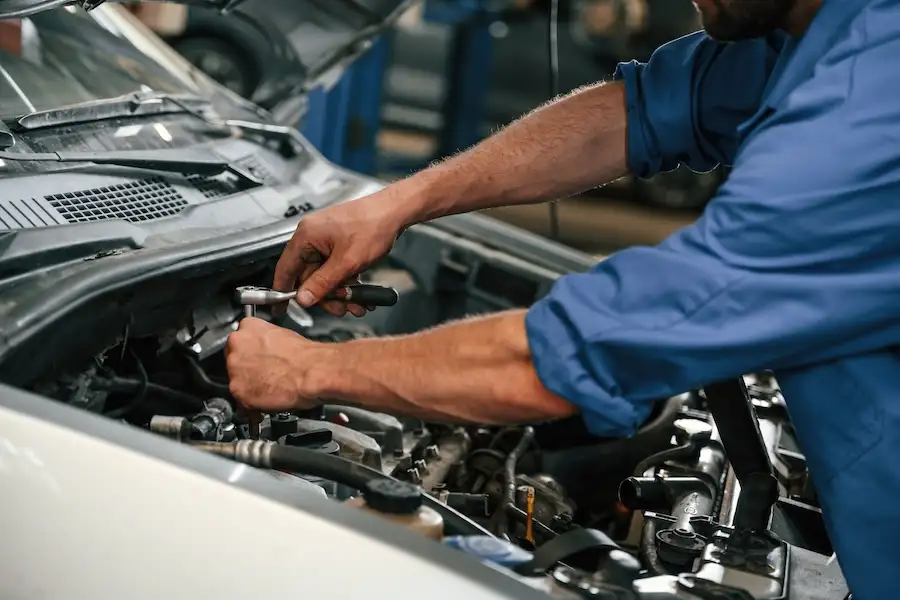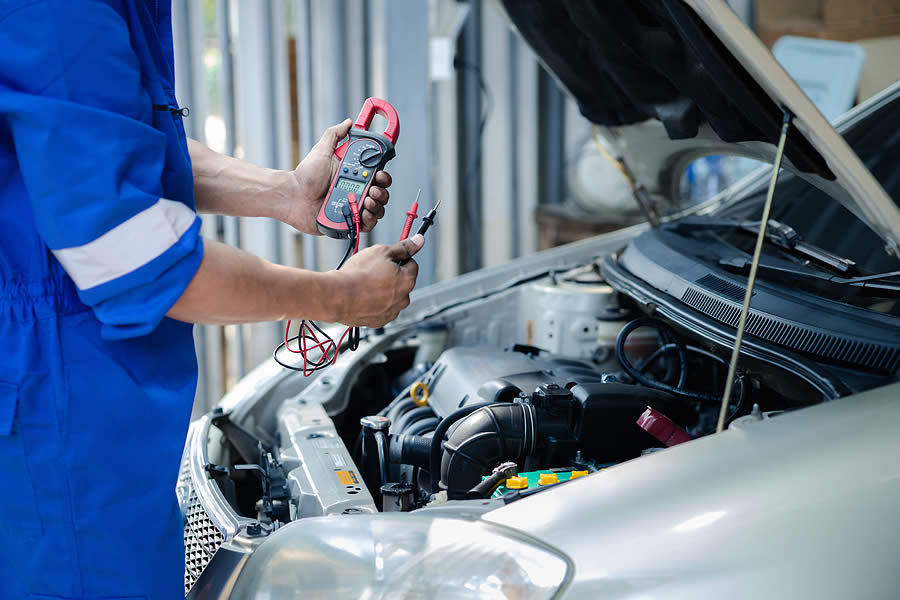
Common Engine Problems and How to Diagnose Them
An engine is the heart of any vehicle, and like any complex system, it can experience issues over time. Whether you drive a car, motorcycle, or truck, understanding common engine problems and how to diagnose them is crucial for maintaining performance and avoiding costly repairs. In this guide, we’ll explore some of the most frequent engine issues and provide tips on how to identify and address them before they escalate.

- Engine Overheating
Causes of Overheating
Engine overheating is one of the most common issues drivers face, particularly during hot weather or extended use. There are several reasons why an engine may overheat, including:
- Low coolant levels: Without sufficient coolant, the engine can’t regulate its temperature.
- Faulty thermostat: The thermostat controls the flow of coolant. If it gets stuck, it can prevent coolant from circulating properly.
- Radiator issues: A clogged or damaged radiator can also lead to overheating.
How to Diagnose Overheating
- Check the coolant levels: Ensure your vehicle has enough coolant and check for leaks.
- Inspect the thermostat: If the thermostat is malfunctioning, it may need to be replaced.
- Examine the radiator: Look for visible signs of damage or clogs that could obstruct airflow.
- Engine Misfires
Causes of Engine Misfires
Engine misfires occur when one or more of the engine’s cylinders fail to fire correctly. This issue can cause the engine to run unevenly, reduce power, and lead to increased emissions. Misfires can be caused by:
- Worn spark plugs: If spark plugs are old or damaged, they may not ignite the fuel-air mixture properly.
- Ignition coil failure: A faulty ignition coil can prevent the spark plug from receiving the necessary voltage.
- Fuel system problems: Insufficient fuel pressure or clogged fuel injectors can also result in misfires.
How to Diagnose Misfires
- Check the spark plugs: Inspect and replace worn or damaged spark plugs.
- Test the ignition coil: Use a multimeter to test the ignition coil for proper function.
- Evaluate the fuel system: Ensure that the fuel injectors are clean and the fuel pump is working properly.
- Engine Knocking
Causes of Engine Knocking
Engine knocking, or “pinging,” is the result of improper combustion in the engine’s cylinders. This can lead to serious damage if left unchecked. The common causes include:
- Low-quality fuel: Using low-octane fuel can cause knocking, as it may not combust properly in high-compression engines.
- Carbon buildup: Over time, carbon deposits can accumulate in the combustion chamber, leading to knocking.
- Incorrect ignition timing: If the ignition system is not timed correctly, it can cause premature combustion, resulting in knocking.
How to Diagnose Engine Knocking
- Use high-octane fuel: If your vehicle requires premium fuel, avoid using lower-octane gasoline.
- Clean the engine: Consider using fuel additives or having a professional clean the engine to remove carbon deposits.
- Check the ignition timing: Ensure the ignition system is properly timed by using a timing light.
- Rough Idling
Causes of Rough Idling
If your engine runs roughly while idling, it could indicate a problem with the air-fuel mixture or the ignition system. The most common causes are:
- Dirty air filter: A clogged air filter can restrict airflow, affecting engine performance.
- Vacuum leaks: Leaks in the intake manifold or vacuum hoses can result in a rough idle.
- Faulty oxygen sensor: The oxygen sensor helps regulate the air-fuel mixture. If it’s faulty, the mixture may be too rich or too lean.
How to Diagnose Rough Idling
- Inspect the air filter: Replace a dirty or clogged air filter.
- Check for vacuum leaks: Use a vacuum gauge or visually inspect hoses for cracks or disconnections.
- Test the oxygen sensor: If the sensor is faulty, it will likely trigger a check engine light, and replacing it can improve performance.
- Oil Leaks
Causes of Oil Leaks
Oil leaks can lead to low oil levels, which in turn can cause severe engine damage if not addressed. Common sources of oil leaks include:
- Worn gaskets: Gaskets seal various parts of the engine, and if they become worn or damaged, oil can leak.
- Damaged oil pan: The oil pan can become damaged by road debris, leading to leaks.
- Loose drain plug: If the oil drain plug is not tightened properly after an oil change, it can allow oil to escape.
How to Diagnose Oil Leaks
- Inspect under the vehicle: Look for oil spots or puddles where you typically park your car.
- Check the gaskets: Inspect gaskets around the valve cover and oil pan for signs of wear or damage.
- Tighten the drain plug: Ensure the drain plug is properly secured after oil changes.
Conclusion: Early Diagnosis Saves Costs
Diagnosing common engine problems early can save you from costly repairs and prevent further damage. By being aware of these issues and understanding how to spot the signs, you can keep your engine running smoothly for years to come. Regular maintenance and timely repairs are key to avoiding serious engine damage and prolonging the life of your vehicle.



